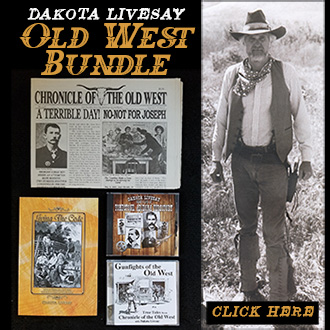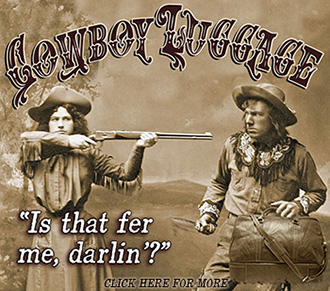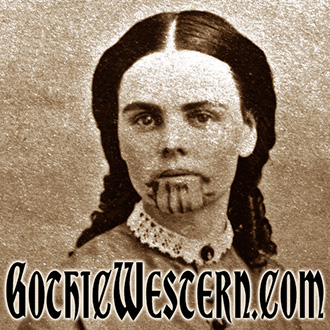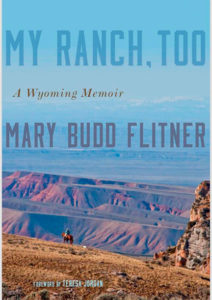 My Ranch, Too. A Wyoming Memoir, Mary Budd Flitner, University of Oklahoma Press, $24.95, Cloth. 2 maps, 23 Photos, 232 pages.
My Ranch, Too. A Wyoming Memoir, Mary Budd Flitner, University of Oklahoma Press, $24.95, Cloth. 2 maps, 23 Photos, 232 pages.
There are not many books that I read twice, but My Ranch, Too is one of them. If you have ever lived on a ranch, or handled horses, dogs, cattle or sheep, or even thought about it, you will smile at the author’s astute observations, and wonderful way of describing it all.
Mary Budd Flitner’s great grandfather Daniel Budd, settled in Wyoming Territory in 1878. He inherited a herd of cattle from his brother who died unexpectedly at a young age. Budd moved his family from Kansas to Wyoming, and thus began the story.
Today, great granddaughter Mary Budd Flitner owns and operates a large cattle ranch in Wyoming, known as the Diamond Tail Ranch. Her husband Stan is also a descendant of a Wyoming ranch family. The land, weather cattle, horses and sheep are part of their heritage. Mary’s wonderful stories are written chapter by chapter filled with original detail. Every experience imaginable having to do with Wyoming ranch life is described with clear and careful thought.
Readers will enjoy her subtle sense of humor in chapters like the horse race, and the disappearance of her children’s bum lambs. Things usually turn out for the best with happy endings, although Mary is fair and tough when circumstances require a firm hand. Her dealings with horses, cowboys, hired and amateur helpers, terrible cold winters and seasons of drought are part of her life. Raising four kids through thick and thin, high interest rates and livestock losses are dealt with head-on.
Mary Flitner’s great love for her land, her family and way of life comes through on every page. This is a family story about hard-working people who have managed to survive under harsh conditions, with plans to leave the land to the next generation.
Mary admits there are times when she’s anxious to drive to town for a few hours of “girl talk” with her lady friends. She has found a balance between life in blue jeans, driving pickup trucks, changing tires, delivering calves, mending fences, herding cattle, or getting bucked off a frisky colt. Thus she enjoys a brief respite with female friends who themselves understand ranch life.
Her stories are true, carefully written, easy to understand, sometimes filled with sentimental humor showing her ability to laugh at herself. She writes tenderly about the friends she has had over the years, those who worked hard and shared their personal tragedies. She has kept a journal in which she checks back over the good times as well as bad, including scary happenings like the time her husband was pinned under a fallen horse a long way from home. (No cell phones). Her kids were taught to ride and rope almost as soon as they could walk, and they grew up happy and strong amid their horses, cattle drives, dogs, and lambs.
This is a story of a woman’s place on a working ranch, where she handles being a wife, mother, bookkeeper, cook, adviser, and business partner besides fixing farm machinery, and using branding irons. Readers will feel the cold, the dust, the wind and snow through Mary’s admirable talent for describing details. Readers sense her true grit as she drives a truckload of cattle down an icy canyon road, or stoically prepares wash tubs filled with food for hungry roundup crews.
There is no whining here, no blaming others. Mary Flitner’s story gives readers much to think about. She’s a tough, honest, kindly person you’d be proud to ride with.
Editor’s Note: Reviewer Phyllis Morreale-de la Garza is the author of numerous books about the Old West, including the non-fiction Death For Dinner, The Benders of (Old) Kansas, published by Silk Label Books, P.O. Box 399, Unionville, New York 10988. www.silklabelbooks. com.
*Courtesy of Chronicle of the Old West newspaper, for more click HERE.
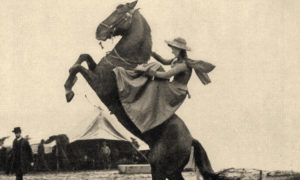 August 10, 1887, Arizona Daily Star, Tucson, Arizona Territory – It always seemed to me that there was a great deal of superstition, I may say, about the intelligence of the horse. Sauntering up to an express man at the corner of Monroe and Dearborn Streets the other day I said to him: “How much does a horse know?”
August 10, 1887, Arizona Daily Star, Tucson, Arizona Territory – It always seemed to me that there was a great deal of superstition, I may say, about the intelligence of the horse. Sauntering up to an express man at the corner of Monroe and Dearborn Streets the other day I said to him: “How much does a horse know?”

 My Ranch, Too. A Wyoming Memoir, Mary Budd Flitner, University of Oklahoma Press, $24.95, Cloth. 2 maps, 23 Photos, 232 pages.
My Ranch, Too. A Wyoming Memoir, Mary Budd Flitner, University of Oklahoma Press, $24.95, Cloth. 2 maps, 23 Photos, 232 pages. Jack Abernathy was born in
Jack Abernathy was born in  John Tunstall was an Englishman who came to America with some capital to invest. He wandered over to New Mexico where he met a lawyer named Alexander McSween. McSween suggested that there were good business opportunities in
John Tunstall was an Englishman who came to America with some capital to invest. He wandered over to New Mexico where he met a lawyer named Alexander McSween. McSween suggested that there were good business opportunities in 
